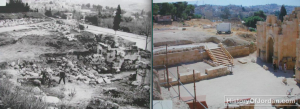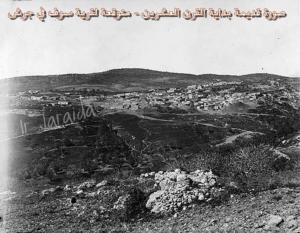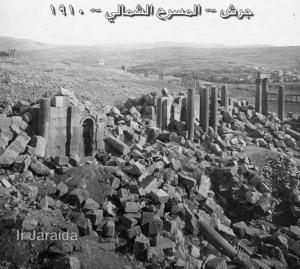Jerash, Jordan
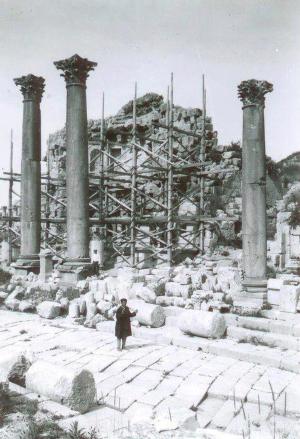
History: Jerash is the place where Greek and Roman civilizations blend with each other within the ancient oriental traditions of the Arab world. Jerash became a well-known town in the time of Alexander the Great. It was included in the Greek cities known as Decapolis (“ten cities” in Greek). During the Roman Empire Jerash was an important outpost where troops and traders stopped on their way to other destinations (kinghussein.gov.jo, 2014). Jerash remained an important trading city during the Nabataean Empire. Large numbers of excavations in Jerash have earned this city the title of “Pompeii of the Middle East.”
Several parts in Jerash show signs of inhabitation as old as 3200 BC to 1200 BC. The mixed variety of Greek, Roman, Nabataean, and other ruins in the region show that different civilizations inhabited this land due to its beauty. The conversion of ancient forts to military establishments during the Umayyad period can still be seen in many parts of Jerash.
Geography: Jerash is located 48 kilometers north of Amman in the Jerash Governorate. There, valleys have a varied landscape of cold mountains and fertile plains. The average height of this region is from 250 to 300 meters due to which a large variety of crops is grown.
Tourism: The sight of Roman ruins in and around Jerash draws thousands of tourists every year to this historical place. Throughout Jordan Jerash is second only to Petra in displaying the vast arena of history. The Corinthian Column, Hadrian’s Arch, two ancient theaters, the two large temples of Zeus and Artemis, and Oval Forum with its fine Colonnade are some of the attractions that prove to be memorable for tourists.
Jerash, Jordan

Jerash, Jordan
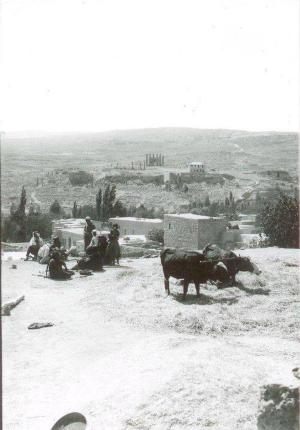
Jerash, Jordan
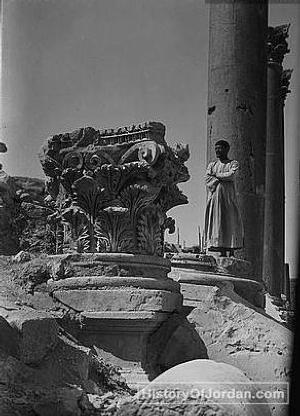
The northern theater . Jarash - Jordan .
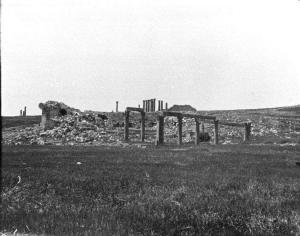
Victory arch . Jarash - Jordan .
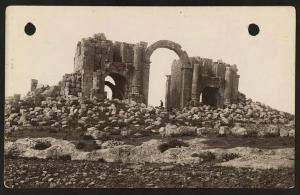
The Roman amphitheater .
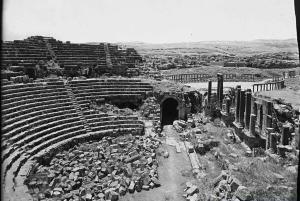
Castle of Ali Pasha Al-Kayed Al-Atoum in Souf vill...
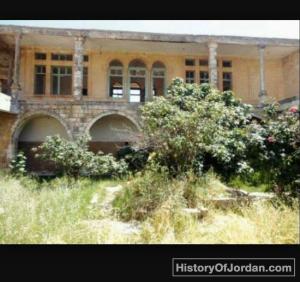
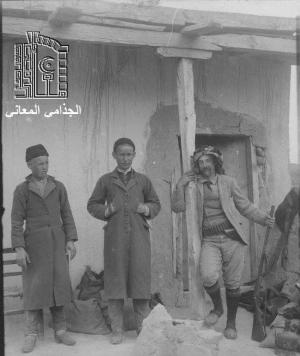
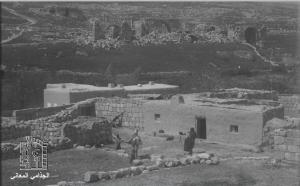
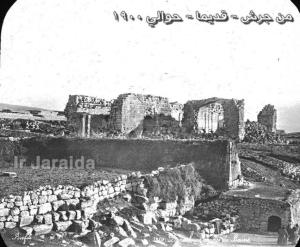
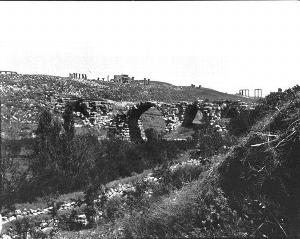
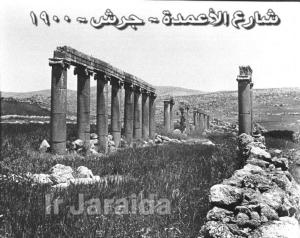
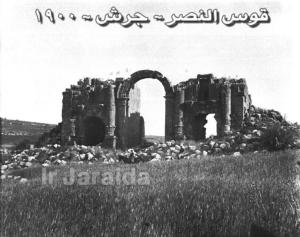
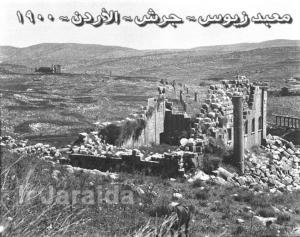
Jerash, Jordan
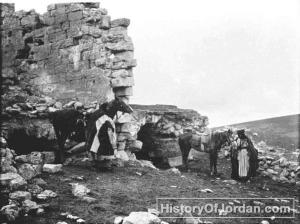
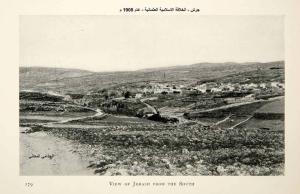
Jerash, Jordan
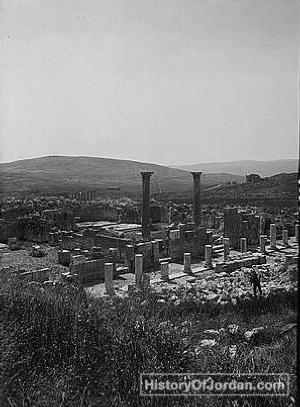
The gate of the main square in Jarash ..
